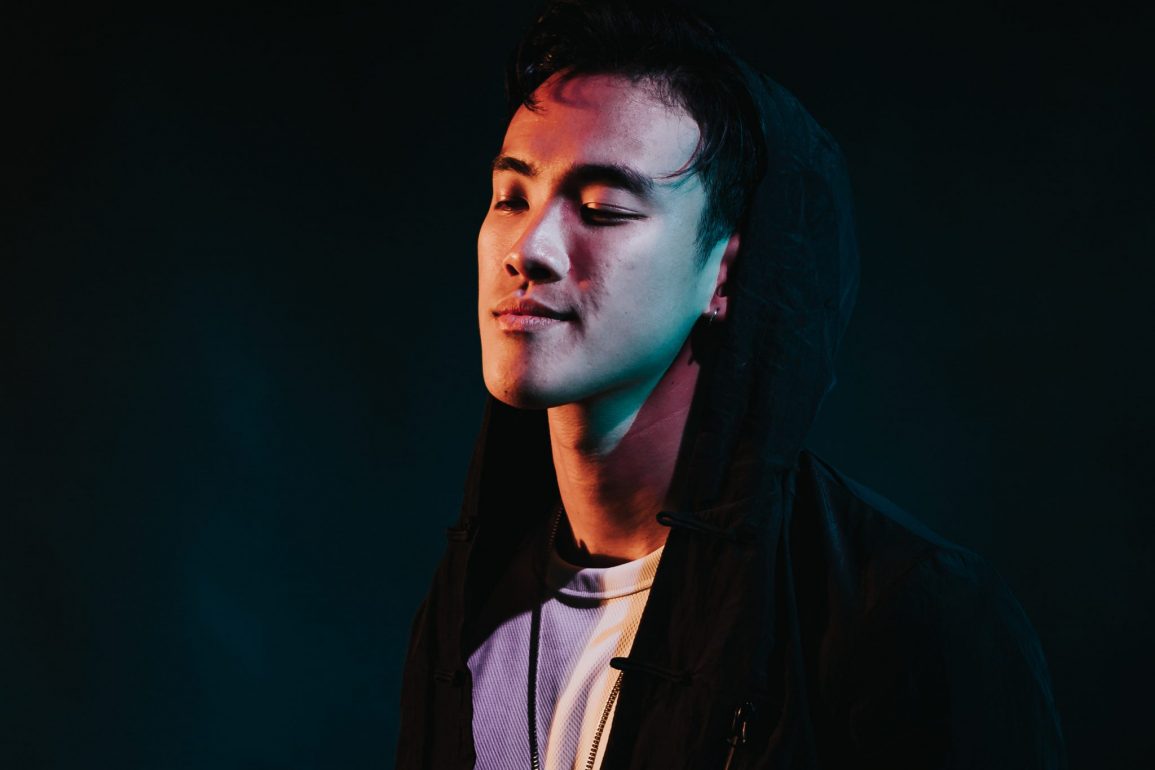When Netflix announced that it had licensed the Thus Spoke Kishibe Rohan OVA, JoJo’s Bizarre Adventure fans got very excited. Thus Spoke Kishibe Rohan started life in 1997 as a series of one-shot manga that followed Stand user and manga artist Kishibe Rohan as he traveled the world searching for inspiration. However, when this manga was turned into a four-episode OVA in 2017, two of Rohan's most interesting adventures were left out.
Manga in magazines isn't unusual, but you wouldn't expect to find manga within the pages of the fashion magazine Spur. However, Spur is owned by publishing company Shueisha, which also publishes Weekly Shōnen Jump and Ultra Jump, both of which have printed Hirohiko Araki's previous works. Because of this, Spur's October 2011 issue featured Rohan Kishibe Goes to Gucci, a one-shot manga that was part of a Spur, Araki and Gucci cross-promotion.
In the one-shot, Rohan heads to the Gucci factory in Florence, hoping to learn more about his grandmother's Gucci bag and get it repaired. This bag isn't normal, however, as it can make objects placed inside disappear. When he arrives, Rohan demonstrates the bag's ability to a Gucci employee by putting money inside the bag and making it disappear. This employee then informs Rohan that his bag is one of three magical bags made by Gucci geniuses that have a special purpose.
They don't think that Rohan should get the bag repaired, but he insists on it. However, later Rohan's translator gets him drunk and steals all of his things aside from the bag. He wanders the streets in the rain, trying to work out what to do, eventually finding a Gucci umbrella as a friendly driver pulls over to help him. This driver takes Rohan to a hotel where the receptionist offers him a room for 60 Euros a night. Rohan doesn't have enough money until someone asks to buy his Gucci umbrella for 60 Euros. With this, Rohan works out that any item placed in the bag returns to the owner in another form via equivalent exchange. However, repairing the bag has rendered it useless.
In the months surrounding this issue's release, Gucci stores in Japan had special window displays that celebrated the crossover. These displays featured large cutouts of Rohan and oversized manga panels depicting parts of the story. The story was later included as a bonus in the first collected volume of the manga.
But this isn't the only time Rohan Kishibe traveled to Europe. In 2009, those who attended The Louvre Invites The Comics exhibition at the Louvre gallery in Paris would have found an exclusive Rohan adventure, titled Rohan at the Louvre. When a young Rohan goes to stay at his grandmother's inn, he meets the mysterious Nanase Fujikura. One night, Nanase tells Rohan the story of artist Nizaemon Yamamura. 300 years previously, Nizaemon discovered the darkest black in the world. However, in the process of using this pigment, Nizaemon illegally cut down a tree, which resulted in his execution. However, Nizaemon cast a curse on all of his paintings. So, in revenge, people burned all of his works. However, one painting survived and allegedly ended up in the Louvre.
Ten years later, Rohan heads to the Louvre in an attempt to see the cursed painting. At first, everyone refuses to let Rohan see it. However, the staff discovers that the painting is actually in an abandoned area. Confused as to why the painting is there, the gallery sends Rohan and a group of people to investigate. As they venture into the abandoned area, Rohan finds the painting. However, several of the group are killed when undead creatures swarm them. Rohan is nearly killed but quickly realizes that the painting is using peoples' memories to kill them. So Rohan uses his Stand, Heaven's Door, to erase his memories. This means that the painting has nothing to feed off and cannot harm him. During his escape, Rohan realizes that Nanase is the subject of the painting. Turns out, she was the wife of the original painter, and she dedicated her afterlife to sealing away her husband's evil. This story was published the next year in Ultra Jump magazine and received a hardback release in Japanese, French and English.
About The Author

